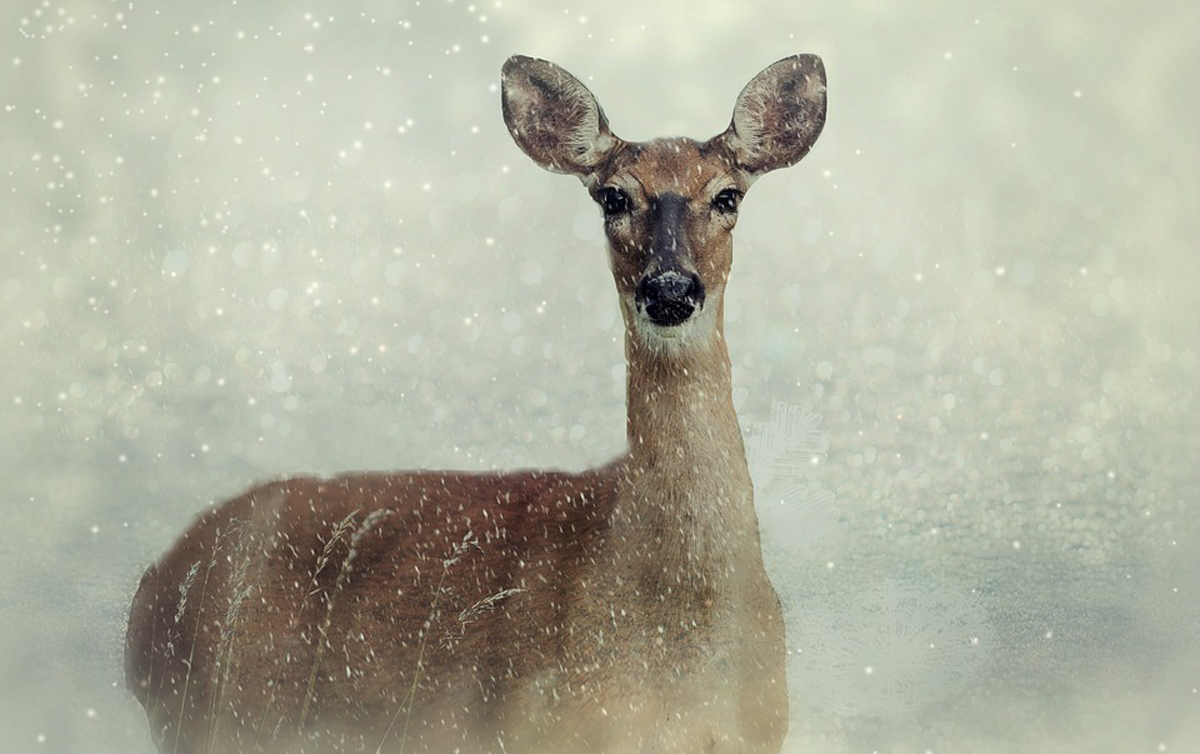 DWR invites photographers, reporters on winter range wildlife patrols, turkey relocations
DWR invites photographers, reporters on winter range wildlife patrols, turkey relocations
Reporters and photographers are invited to accompany Department of Wildlife Resources officers throughout the winter months as they conduct their patrols in southern Utah and trap and relocate nuisance turkeys. On winter range wildlife patrols, participants will have the opportunity to see the variety of situations the officers encounter and learn more about wildlife law enforcement in some of Utah’s remote areas. During turkey relocation efforts, participants will have a chance to take photos and video as well as interview the biologists who manage the birds.
In winter, many big game animals including deer and elk move from higher elevations to lower ones where it’s easier to find food. Unfortunately, the animals can be much more visible and susceptible to poachers when they’re on these lower-elevation winter ranges. To protect the animals, conservation officers with the DWR spend many hours conducting patrols on winter ranges that are vulnerable to poaching. The patrols often start in the early evening and run through the early morning hours. Officers sweep known areas of concern to apprehend and discourage poachers.
Furthermore, Utah’s turkey populations have boomed over the past 20 years. Some of the birds have settled on private property and are making a mess. DWR biologists are trapping nuisance birds across the state and moving them to more remote areas with good turkey habitats.
Those interested in winter range wildlife patrols should contact Lt. Paul Washburn at (435) 979-5920. Those interested in trapping, relocating, and releasing turkeys should contact Teresa Griffin at (435) 691-0638.
Articles related to “DWR invites photographers, reporters on winter range wildlife patrols, turkey relocations”
California Condor Recovery Plan finds lead reduction, slight population growth



